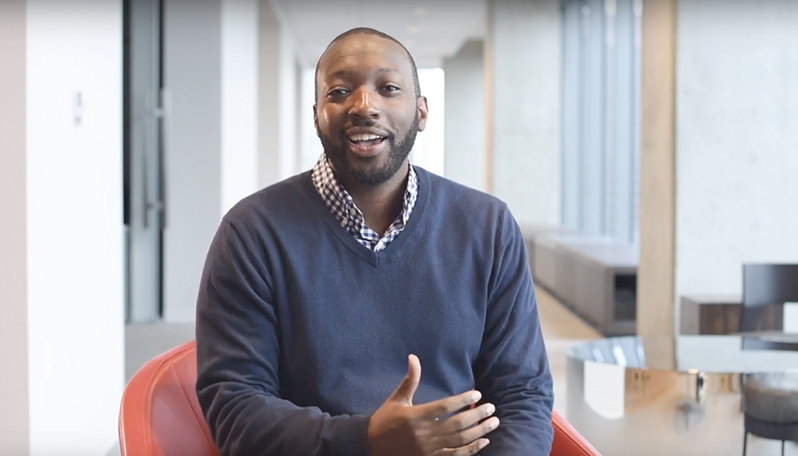Inclusive Design showcased on opening day of Google I/O 2019
Google’s I/O 2019 developer conference opened with stories of how product inclusion — the practice of applying an inclusive lens throughout the design and development process — has helped Googlers build new products and features that are helpful for everyone. Here are some highlights from the opening keynotes on May 7th.
A new method to test for bias-free AI models
Artificial intelligence is a core focus at Google, and the technology has wide-reaching and profound potential impacts on countless areas from entertainment to medicine. But the algorithms that power AI also pose a significant risk of reinforcing biases found in the real world.
For example, a machine learning model trained to detect images of doctors by analyzing a set of photos of males in white coats might mistakenly assume that being a male is important to being a doctor.
To prevent this kind of bias in the future, Google AI researchers are working on a new testing methodology called TCAV (testing with concept activation vectors) to prevent models from making assumptions that can reinforce biases.
In the May 7 opening keynote of I/O, Google announced that TCAV is now available as open source, so everyone can detect and prevent biases in their AI systems. [Read more about TCAV in Accelerate with Google's non-technical explanation by David Weinberger, writer-in-residence at Google's People + AI Research initiative].
Expanding access to make Google more helpful for everyone
Google engineers and designers are focusing on building products that anyone can access, particularly people with disabilities. At I/O, we unveiled a number of new accessibility-focused features at I/O, including a spoken-word feature in Google Lens that reads text out loud — and even translates it — simply by pointing your phone camera at words.
Also announced: Live Caption, a new accessibility tool that can caption a conversation on any video, whether it’s on YouTube or one you just captured in your home. In addition, I/O opening day keynotes included a look at Live Relay and Project Euphonia, which makes communication easier for people who have difficulty expressing themselves verbally. There are also new improvements to the Android Accessibility menu, as well as TalkBack, Android’s screenreader.
Finally, keynotes also showcased Google Lookout, a recently-launched tool that helps people with vision impairments navigate their surroundings by using ML to detect objects, currency, people, products, text, and even a general description of a scene.
Empathy for users builds better products
A clear message in I/O opening keynotes: practicing empathy for your users is a crucial aspect of creating inclusive, accessible products. An example is the story behind Live Transcribe, an Android accessibility feature that launched earlier this year. It helps those who are deaf or hard or hearing to communicate more easily with their phones.
At I/O, designers who worked on Live Transcribe shared behind-the-scenes details of the inclusive product design process. The team conducted multiple rounds of user research with a group of participants with moderate-to-profound hearing loss, who gave feedback on prototypes of the feature. Melissa Barnhart, a UX researcher on the Live Transcribe team, shared the team’s process:
First, the team asked participants about their previous experiences with real-time captioning and their current needs for this technology.
Then, the researchers shared the prototype with participants, observing how they interacted with it and sought feedback on the different text flows and overall design of the feature.
The research participants shared many valuable insights around the usability of fonts, type forms, and the visual design of the Live Transcribe interface.
This feedback directly shaped the ultimate design of the feature, underscoring the importance of practicing empathy for users and thinking beyond the Google designers’ and engineers’ own experiences of the world.
“Empathy is at the heart of design,” Melissa said to the I/O audience. “Without the understanding of what others see, feel, and experience, design is a pointless task.”
Learn more about other products and features announced at I/O 2019.
Contact Us
Stay in touch. We want to hear from you. Email us at Acceleratewithgoogle@google.com
Please note that this site and email address is not affiliated with any former Google program named Accelerator.



